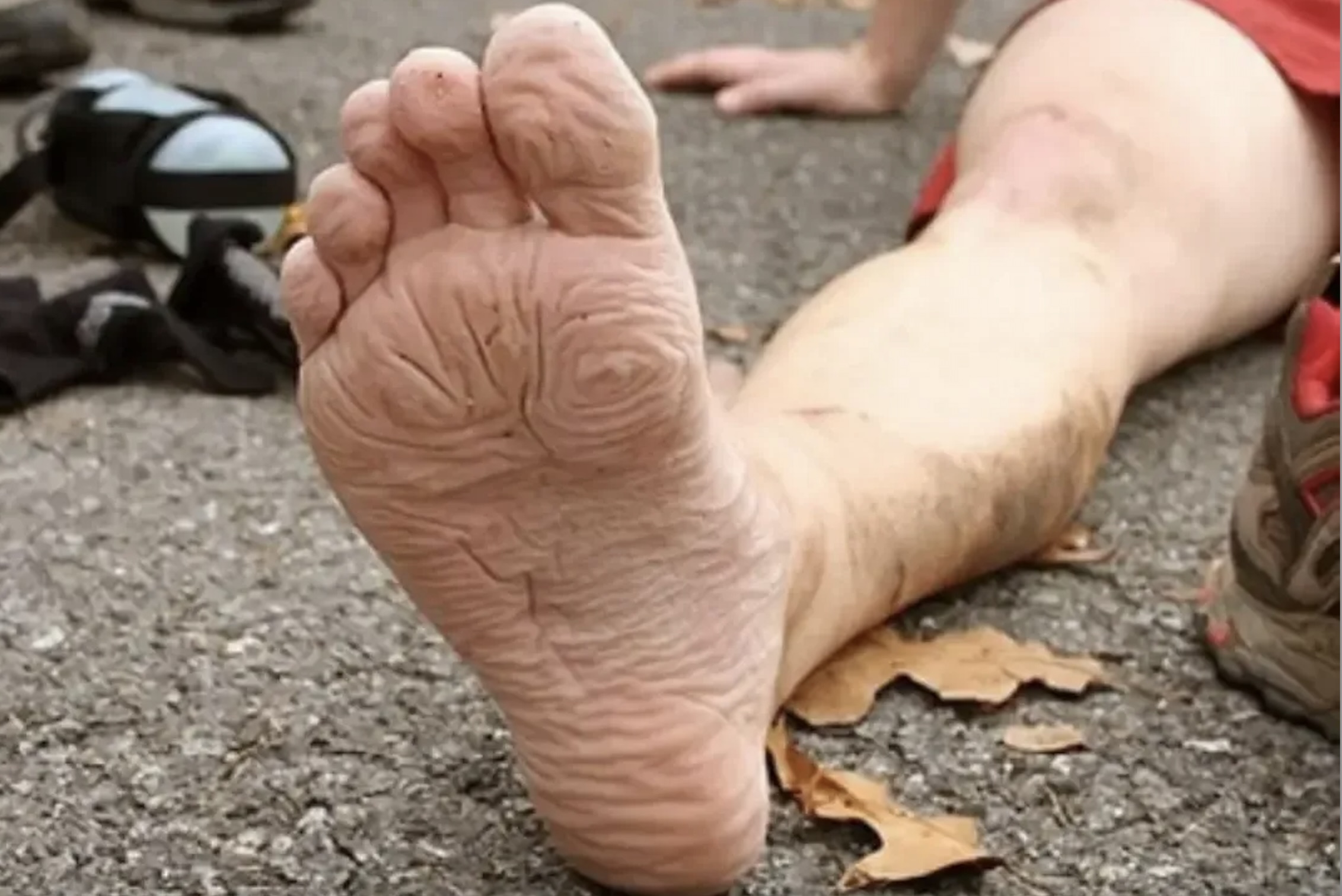What are the symptoms of trench foot?
Trench foot, also known as immersion foot, is a condition resulting from prolonged exposure of the feet to cold, wet conditions. Symptoms of trench foot include:
1. Initial Symptoms
- Cold Feet: Feet may feel unusually cold and numb.
- Redness or Pale Skin: The skin can appear red, pale, or blotchy.
- Swelling: Feet may become swollen due to fluid retention.
- Tingling or Numbness: Tingling sensations or numbness in the feet.
2. Intermediate Symptoms
- Pain: The affected area may become painful, especially when warming up.
- Blisters: Blisters or sores can develop on the feet as the condition progresses.
- Skin Changes: The skin may start to break down or peel.
3. Advanced Symptoms
- Severe Pain: Pain can become intense, even after the feet are warmed.
- Gangrene: In severe cases, tissue death can occur, leading to gangrene, which requires immediate medical attention.
- Loss of Sensation: The affected area may experience a complete loss of sensation.
4. Additional Symptoms
- Difficulty Walking: The feet may feel heavy and walking can become difficult.
- Foul Odor: A foul smell may develop due to bacterial infection.
Trench foot requires prompt treatment to prevent complications and manage symptoms effectively. If you suspect trench foot, it is important to seek medical help and follow appropriate measures to warm and dry the affected feet.
What are the causes of trench foot?
Trench foot, or immersion foot, is caused by prolonged exposure to cold and wet conditions. The key factors contributing to trench foot include:
1. Prolonged Exposure to Cold and Moist Conditions
- Extended Immersion: Spending long periods with feet submerged in cold, wet environments, such as muddy trenches, flooded areas, or standing water.
- Cold Temperatures: Exposure to temperatures just above freezing, where the cold and dampness can cause the feet to lose heat and become susceptible to trench foot.
2. Inadequate Footwear and Clothing
- Wet or Poorly Fitting Boots: Wearing footwear that does not effectively keep feet dry or that does not fit properly can exacerbate the risk of trench foot.
- Absorption of Moisture: Footwear and socks that absorb moisture and remain wet for extended periods can contribute to the development of trench foot.
3. Poor Hygiene and Lack of Drying
- Inadequate Drying: Failure to dry the feet properly and frequently, especially after immersion in water.
- Lack of Hygiene: Poor hygiene practices can increase the risk of infection and worsen the condition.
4. Environmental Factors
- Exposure to Mud or Snow: Contact with muddy or snowy environments that lead to prolonged wetness and cold exposure.
- Wind and Wet Conditions: Wind can exacerbate the cooling effect of wet conditions, leading to a higher risk of trench foot.
5. Poor Circulation and Health Conditions
- Pre-existing Circulatory Issues: Conditions that affect blood flow, such as peripheral artery disease, can make individuals more susceptible to trench foot.
- Health Conditions: Certain medical conditions that affect the body’s ability to regulate temperature or blood flow may increase susceptibility.
6. Inadequate Shelter or Protection
- Lack of Proper Shelter: Being exposed to harsh environmental conditions without adequate protection or shelter.
- Inadequate Insulation: Lack of proper insulation and protective gear that prevents effective heat retention and moisture management.
Preventing trench foot involves staying dry, using appropriate footwear, and avoiding prolonged exposure to cold and wet conditions. Promptly drying and warming the feet if they become wet and ensuring proper hygiene can help reduce the risk of developing trench foot.
What is the treatment for trench foot?
The treatment for trench foot focuses on addressing the symptoms, preventing complications, and promoting healing. Here are the key steps involved in managing trench foot:
1. Rewarming and Drying
- Gradual Rewarming: Slowly rewarm the affected feet by placing them in a warm, dry environment. Avoid using direct heat sources like hot water or heating pads, which can cause burns.
- Drying: Gently pat the feet dry with a clean, dry towel after exposure to moisture. Ensure the feet are thoroughly dried to prevent further complications.
2. Medical Care
- Seek Medical Attention: If trench foot is severe or complications such as infection or gangrene are present, seek professional medical care immediately.
- Wound Care: If blisters or sores are present, follow medical advice for proper wound care and dressings to prevent infection.
3. Pain Management
- Pain Relief: Over-the-counter pain relievers, such as ibuprofen or acetaminophen, can help manage discomfort and reduce inflammation.
4. Preventive Measures
- Avoid Re-exposure: Prevent further exposure to cold and wet conditions. Ensure that feet are kept dry and warm in the future.
- Proper Footwear: Use well-fitting, waterproof boots and moisture-wicking socks to protect against cold and wet environments.
5. Hygiene and Care
- Maintain Foot Hygiene: Keep the feet clean and dry. Practice good hygiene to prevent infections.
- Monitor for Complications: Watch for signs of infection, such as increased redness, swelling, or pus, and seek medical attention if these symptoms occur.
6. Avoiding Complications
- Manage Blisters: If blisters develop, do not pop them. Instead, protect them with sterile dressings.
- Address Circulatory Issues: If there are signs of severe circulatory problems or gangrene, prompt medical intervention is necessary to prevent further tissue damage.
7. Rehabilitation and Recovery
- Rest and Recovery: Allow time for the affected feet to heal and avoid activities that could exacerbate the condition.
- Physical Therapy: In severe cases, physical therapy may be recommended to regain normal function and strength in the affected feet.
8. Supportive Care
- Emotional Support: If trench foot causes significant discomfort or stress, seeking support from healthcare professionals or counselors can be beneficial.
Effective treatment involves both immediate care to address the symptoms and preventive measures to avoid future occurrences. If trench foot is suspected or symptoms are severe, professional medical assistance is crucial for proper management and recovery.

Leave a Reply
You must be logged in to post a comment.